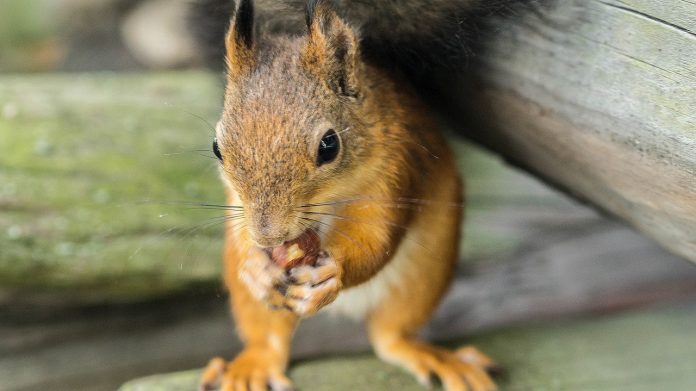The month of September is the first sign of fall every year. Some embrace the change while others head south knowing in a few short months, old man winter will be upon us again.
For those that welcome the return of fall, it is more of a sign of work to come. The farmers will be taking the crops off and the hunters will be trying to fill the freezer.
For the hunter, the time has come to get your winter food plots planted and ready to help your wildlife make it through the cold and snow. Where you are located or what your outdoor interests are can dictate the wildlife you have and what you can plant.
Diversity
Diversity combats this struggle, both plant diversity as well as habitat diversity, which in turn will give you wildlife diversity. The biggest key to plant diversity is not just planting clover or not just planting “big buck turnips”.
All species of wildlife key in on distinct types of food at various times of the year.
For instance, early in the year deer will key in on soybeans or buckwheat, even clover and alfalfa are good options. Soon after that, they will transition to the hard mast foods to really get the high protein they need to sustain through winter, such as acorns.
Keep in mind, diversity is key. Food plots can absolutely include oaks or any wildlife tree for that matter and are necessary for habitat diversity around your plots.
Food source
The last part of winter is the hardest time of year for wildlife and corn is an exceptional food source for this time of year. Not from the sense of pitching it out in front of your favorite stand, but planting corn in your food plots.
Letting this corn stand will provide food all winter for not only deer but turkey, dove and a multitude of other wildlife.
Some green broadleaf plants are good for deer in the winter as well, such as brassicas or sugar beets. Even after the tops have been eaten, deer will come back through and paw up the turnips and beets, even under snow.
The habitat aspect is just as important as the food aspect.
Good bedding/roosting areas, wind breaks, edges and clean water are all needed in planning your wildlife food plots. Interspersing those different areas is a terrific way to bring more wildlife to your property as well.
If you provide everything wildlife will need in an area then there is no reason for them to leave.
Trying new things is always an option, whether it be a seed mix or different type of tree, especially if they are native. Sometimes experimenting can really give superior results and lead to innovative ideas.
Benefits
The benefits from trying this on your land will be evident not only by seeing more wildlife but for soil health, diversity, conservation and overall healthy ecosystems.
I hope I sparked some interest for you to go out and manage your land and reap the benefits.
If you do try and manage your land for wildlife, take pictures or show off your results from plant growth to harvesting of wildlife and share these experiences with friends and family.
Hopefully one day it can become a group project in bringing conservation to your land.













